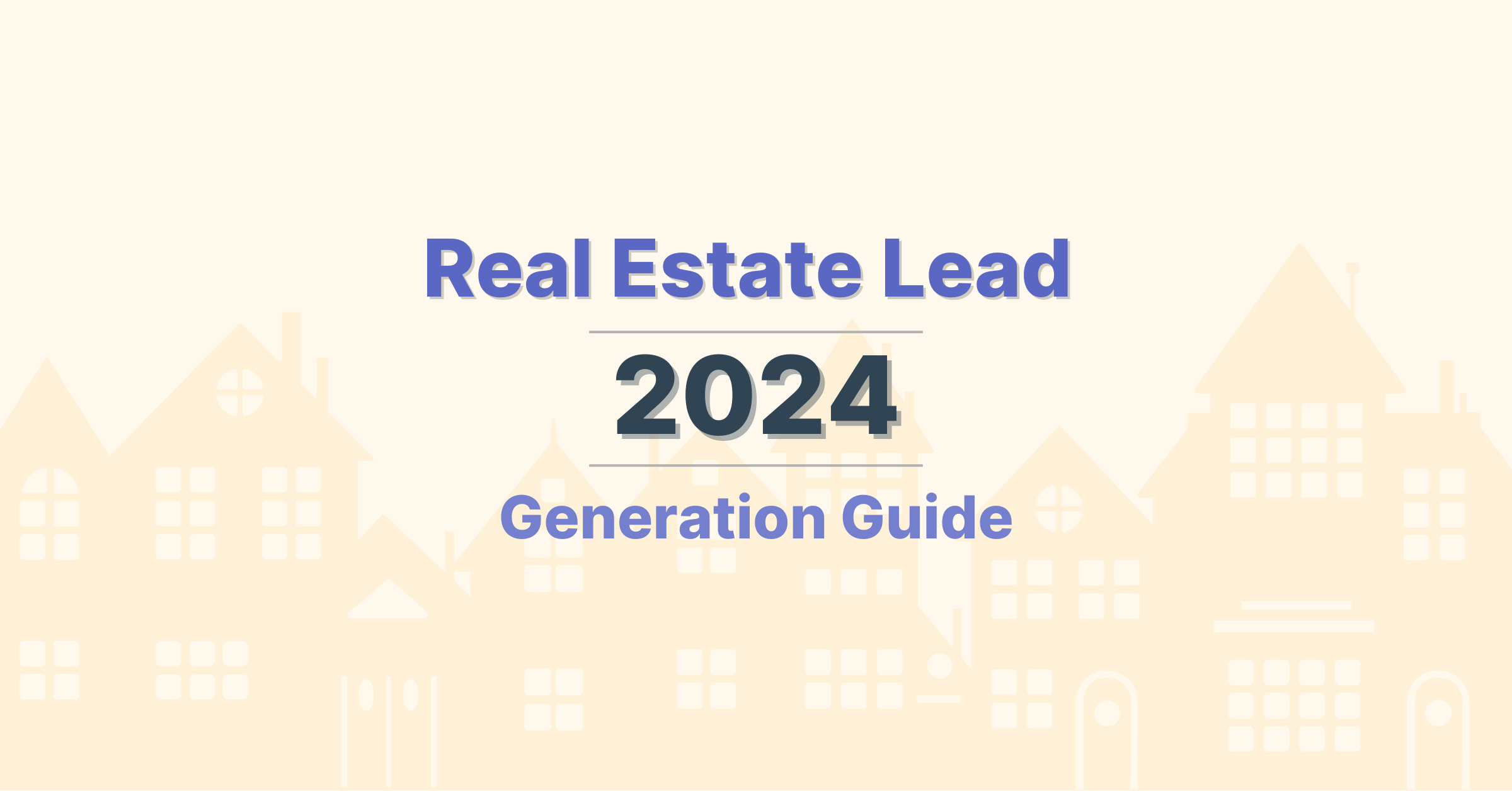The environment and its health have become increasingly important to today's consumers, including those in the real estate market. In fact, a study by the National Association of Realtors revealed that 59% of realtors said clients had an interest in sustainable features. Promoting energy efficiency in listings had value to 69% of NAR members.
That trend is expected to continue, especially as Gen Z and Millennials become renters and homeowners. These younger buyers place a high value on products, services and communities that support sustainability. Let's take a look at how these trends are reshaping real estate.
In-Home Features Are Smart and Sustainable
Ginger Walker CEO & REALTOR® is the Give Back Team Lead for Coldwell Banker Elite. She notes that "green and tech seem to go together to some degree." Walker sees more garages for charging stations for electric vehicles and smart tech that helps reduce water use, such as bidets and low-flow toilets. Smart bulbs and thermostats (like Nest), showers and connected appliances are also becoming more common. The source of building materials can also be important to buyers and renters. For example, countertops made of concrete rather than mined stone are both aesthetically and environmentally appealing.
Gadgetry that saves time and money and locally sourced materials are not the only aspects of sustainable homes. Health and wellness are also critically important to today's homeowner and renter. According to Jan Green, REALTOR®, GREEN, SFR, EcoBroker® in Arizona, due to COVID-19, more consumers are working from home. They realize that "indoor air quality in our homes can be more toxic than the workplace environment." Consequently, people are looking for solutions that deliver better ventilation within their houses and apartments.
Sustainable features can deliver meaningful cost savings for homeowners and tenants. Realtor Bill Tierney sells homes in Boston, which (like many geographies today) experiences wide swings in temperatures. He notes that "Many homeowners and buyers like green energy as a way to reduce heating and cooling costs. Typically, this is achieved with solar energy." But features such as ENERGY STAR appliances, motion sensors and LED lighting are simple upgrades that can save homeowners money and minimize waste.
Multi-family developers also see benefits to green features and upgrades. "We seek to introduce high-efficiency washers and dryers in our laundry areas, recycling opportunities where available, replacing old toilets with low-flow toilets and replacing old boilers and furnaces with high-efficiency furnaces and boilers," says Joe Firmin, Key Principal of True Freedom Capital.
Home flippers and renovators should also consider sustainable features when they are remodeling homes. Costs of green elements have come way down, and including energy-saving and planet-friendly options can increase both marketing appeal and selling price.
Sustainable Communities Are Becoming More Popular
What's inside a home or apartment complex is just one part of the sustainability movement. John Castle, an investment real estate agent in Ottawa, Ontario, Canada, notes that buyers and renters are looking for communities that value the planet. "Walkability to stores and services, transit accessibility and controlled population density all contribute to the green appeal of a property."
Cities are now being ranked based on their commitment to these and other sustainable practices. The top five "greenest cities" in the United States, according to career research company Zippia, are:
- Paul, Minnesota
- Honolulu, Hawaii
- Louis, Missouri
- Madison, Wisconsin
- San Diego, California
Market Green
The Ecobroker® program began in 2001, and some agents and brokers have chosen to get certified and become more knowledgeable about sustainable principles.
But even if you as a realtor, broker or investor choose not to go "all the way to green," you can take simple steps to increase your savvy for sustainable practices. For example, use less paper in your marketing, invest in cloud-based research and marketing systems, and make sure prospective buyers know about the features in homes and neighborhoods that save energy and promote sustainability.
Beware greenwashing, however. Today's buyers and renters are sharp and will see through sustainability claims that are untrue or exaggerated. Any efforts to promote sustainability should start from your own commitment to making the planet a little better. That's the surest way to connect with the growing number of buyers and renters who are seeking the same thing.



